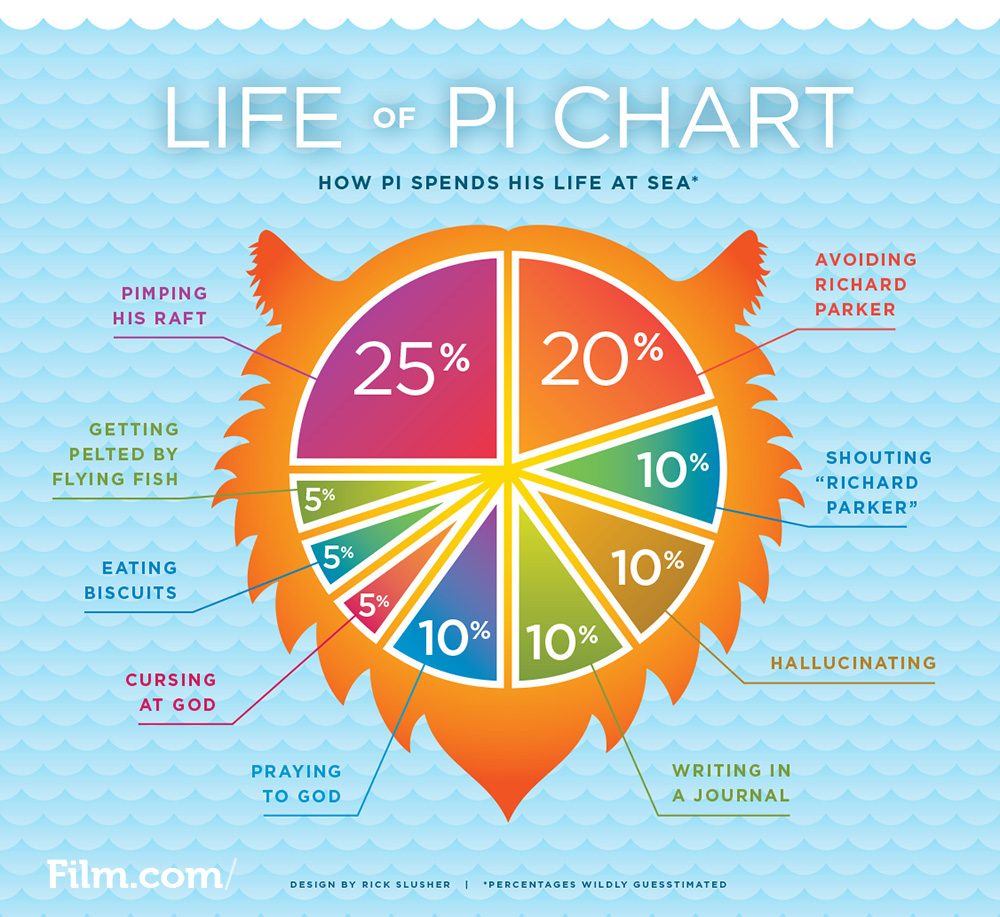The Fascinating World of Pi
What is Pi?
Pi (π) is the ratio of a circle’s circumference to its diameter. It is an irrational number, meaning its decimal representation never ends or repeats. Pi is approximately equal to 3.14159. Mathematicians use the lowercase Greek letter π to represent the ratio of a circle’s circumference to its diameter. Pi appears in many important formulas across mathematics, science and engineering relating to circles, spheres, semicircles and ellipses.
Estimating Pi Through History
Some of the earliest estimates of π were calculated by ancient civilizations like the Egyptians and Babylonians over 4,000 years ago. They approximated π to be around 3 or 3.125. The famous Greek mathematician Archimedes was the first to rigorously calculate pi in the 3rd century BC. He approached pi through regular polygons and estimated it to lie between 3<π<3.1429. In the 5th century AD, Chinese mathematician Zu Chongzhi used side lengths of 12,288 to obtain π correct to six decimal places. This remarkable approximation remained unsurpassed for nearly 1,000 years. Muslim mathematician Jamshīd al-Kāshī calculated pi to over 9 decimal places in 1424 using a polygon with over 3 trillion sides, setting a world record that lasted 180 years.

Pi in the Modern Era
The real revolution in calculating pi came with the development of infinite series in the 16th century. English scientist Isaac Newton used infinite series to calculate 15 digits of pi in the late 1600s. John Machin created a famous formula in 1706 that rapidly converged to calculate over 100 digits of pi. With the advent of computers in the 20th century, mathematicians were able to calculate trillions of digits of pi. One milestone was calculating 1 trillion (1,000,000,000,000) digits in November 2019 by computer scientist Emma Haruka Iwao of Google. Today the known digits of pi extend beyond 62.8 trillion places.
Pi Day Celebrations
March 14th is commonly celebrated as Pi Day since 3, 1 and 4 are the first three significant digits of pi. Annual Pi Day celebrations began in 1988 at the San Francisco Exploratorium. People celebrate by eating pie, learning about mathematics and competing to memorize digits of pi. Popular Pi Day traditions include reciting pi to the most places, pi quote contests and viewing magnificent pi creations like the 2005 pie chart mosaic that used 10,000 pie slices to create the first 100 digits of pi. Guinness World Records has verified that the most digits of pi memorized is 67,890 by Rajveer Meena on March 21, 2015.
Properties and Definitions of Pi
Pi is defined as the ratio of a circle’s circumference ‘C’ to its diameter ‘D’. Numerically it can be expressed as: π = C/D Pi is an irrational and transcendental number, meaning it cannot be expressed as a ratio of integers and is not the solution of any non-trivial polynomial equation with integer coefficients. Some important properties of pi include:
- Pi is approximately equal to 3.14159 and appears in formulas involving circles
- Pi is also the ratio of a circle’s circumference to its radius
- The arc length of any portion of the circle is equal to the radius multiplied by the central angle (in radians)
- Pi occurs naturally in trigonometric functions like sine and cosine
Calculating Pi
Some historical methods for calculating pi include:
- Polygonal approximation: Approximating a circle with regular polygons and calculating their perimeters
- Infinite series: Formulas that approximate pi through infinite sums/products of terms
- Monte Carlo simulation: Generating random points and computing ratios
- Spigot algorithms: Calculating successive decimal places of pi directly
Mathematicians continue refining algorithms to calculate pi to new heights of accuracy using techniques like arithmetic-geometric mean and fast Fourier transforms. Quantum computing may usher new ways to discover properties and calculate digits of pi in the future.
Importance and Applications of Pi
Beyond mathematics, pi appears throughout science, engineering and technology. Understanding pi’s properties and using formulas involving pi have empowered humanity in myriad ways. Here are some examples:
Computing and Information Technology
Hard disk drive capacity, memory chip design, display resolutions and communication protocols all rely on principles involving circles and pi. Formula using pi are essential to data compression, cryptography and computer graphics too.
Engineering and Construction
Pi is pivotal in calculations for structural analysis, civil engineering works involving tunnels, bridges and domes. Calculating frequencies and attenuation in acoustic engineering also depends on pi. Pi plays a chief role in mechanical engineering areas like gear design.
Space Exploration and Astronomy
Formulas employing pi are paramount for rocketry, satellites, space telescope optics and celestial navigation systems. Pi is central to astrophysics equations describing objects like planets, stars and galaxies. Einstein’s theory of general relativity utilizes pi-based geometry of spacetime.
Other Applications
Beyond math and science, applications of pi include music (string/wind instruments), cartography, surveying, physics, optics, statistics and even arts/design fields involving circles, spheres or curved surfaces. In essence, pi pervades technology ubiquitous in modern life.
Keeping the Fascination Alive
Over millennia, mathematicians’ collective quest to better understand pi has inspired wonder in both experts and laypeople alike. The irrational, transcendental properties of pi continue to intrigue. As with many mathematical constants, attributes of pi remain undiscovered. Given computers’ exponential increases in processing power, future generations may compute digits of pi unimaginably far into its non-terminating decimal representation. Perhaps quantum or biological computers may unlock novel insights into pi. Regardless of computational horizons, humanity’s intellectual fascination with the remarkable number pi will surely endure. In closing, pi – a simple ratio arrived at by observing the natural world – remains one of the most celebrated and omnipresent values in both mathematics and science. Its digits appear destined to continue stoking intellectual curiosity for ages to come. Therein lies one of pi’s greatest inspirations: the perpetual human drive to understand reality ever more profoundly through the lens of numbers.
